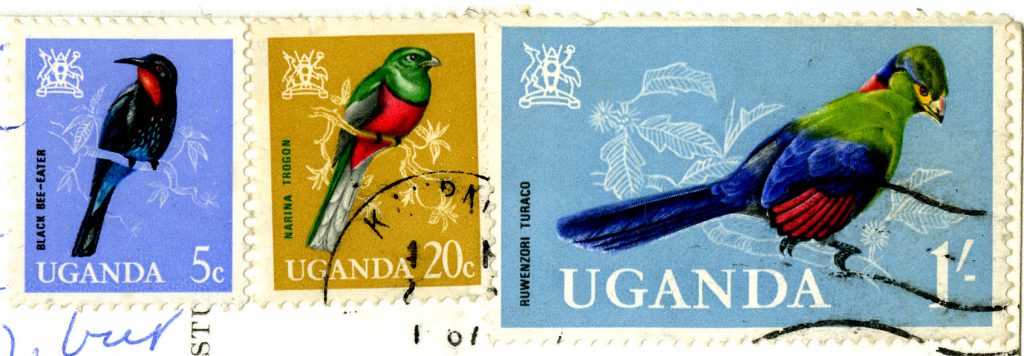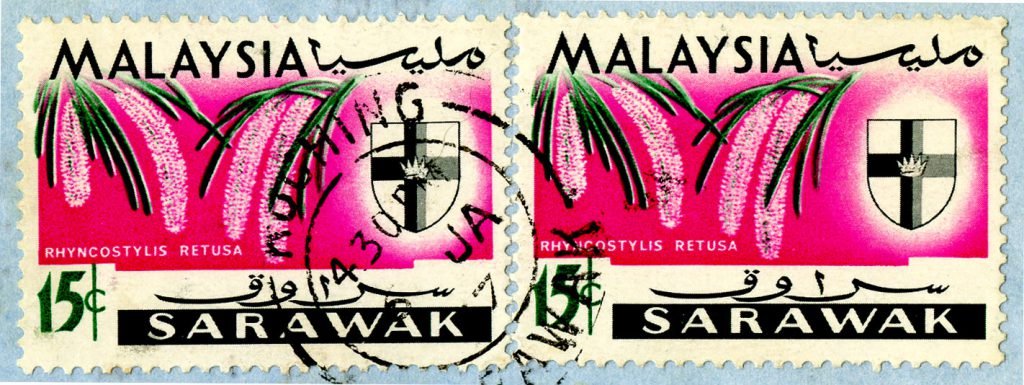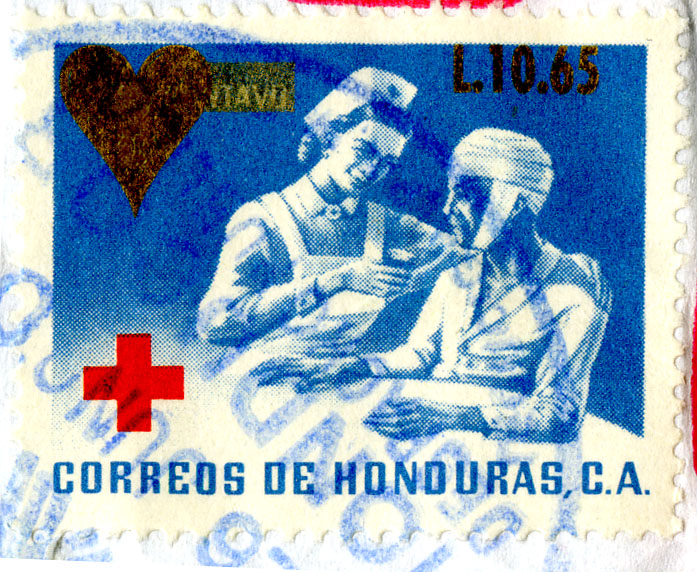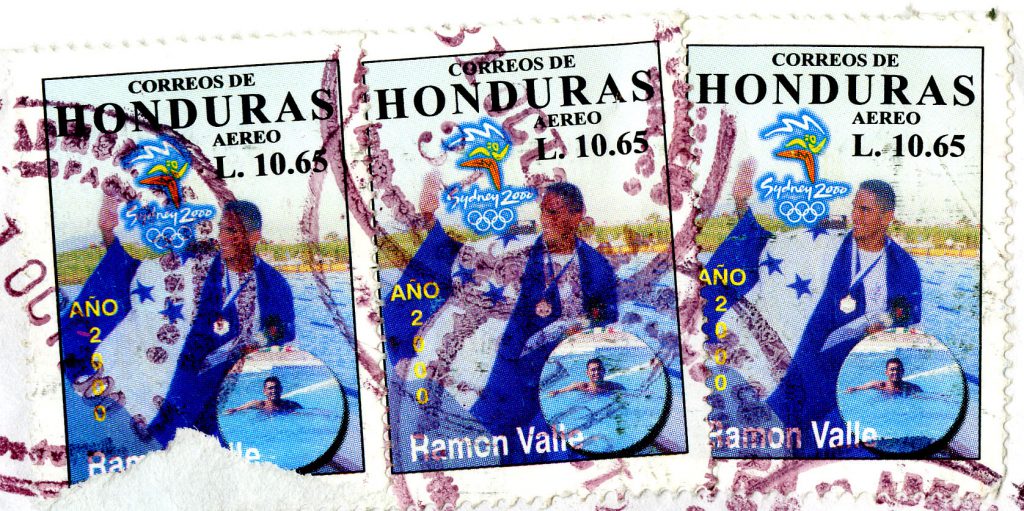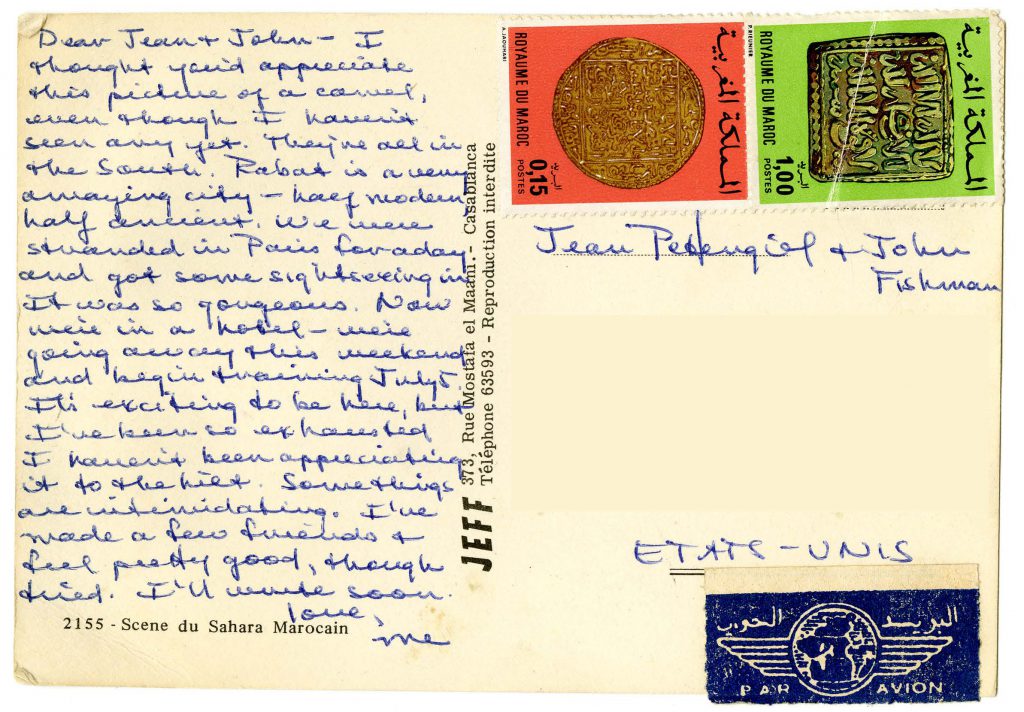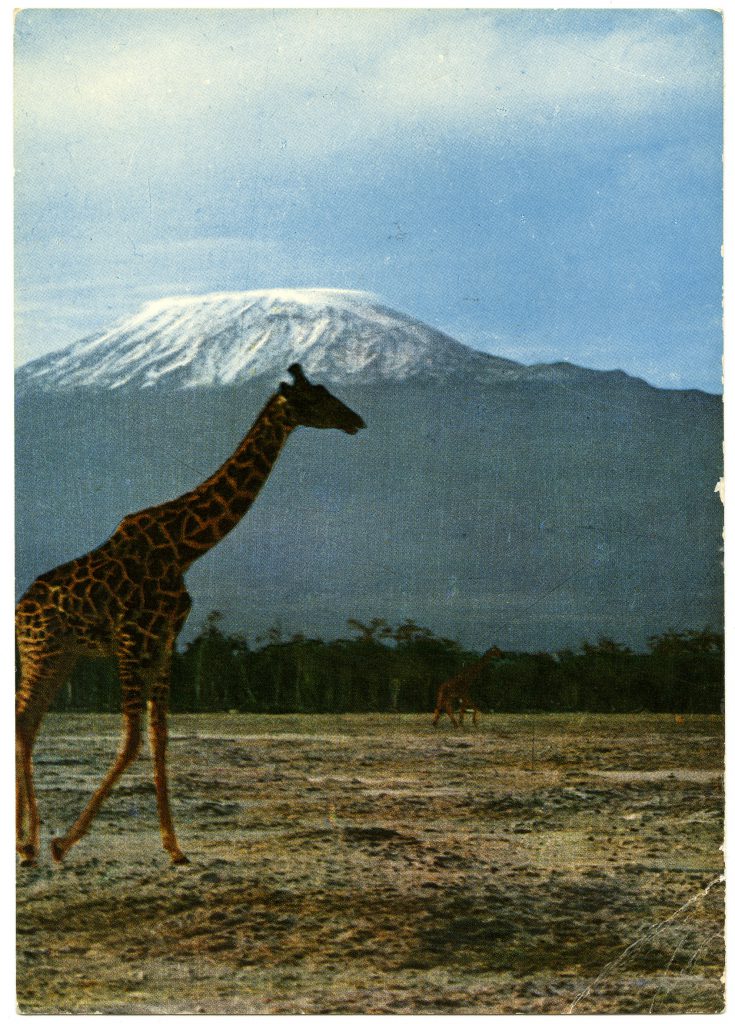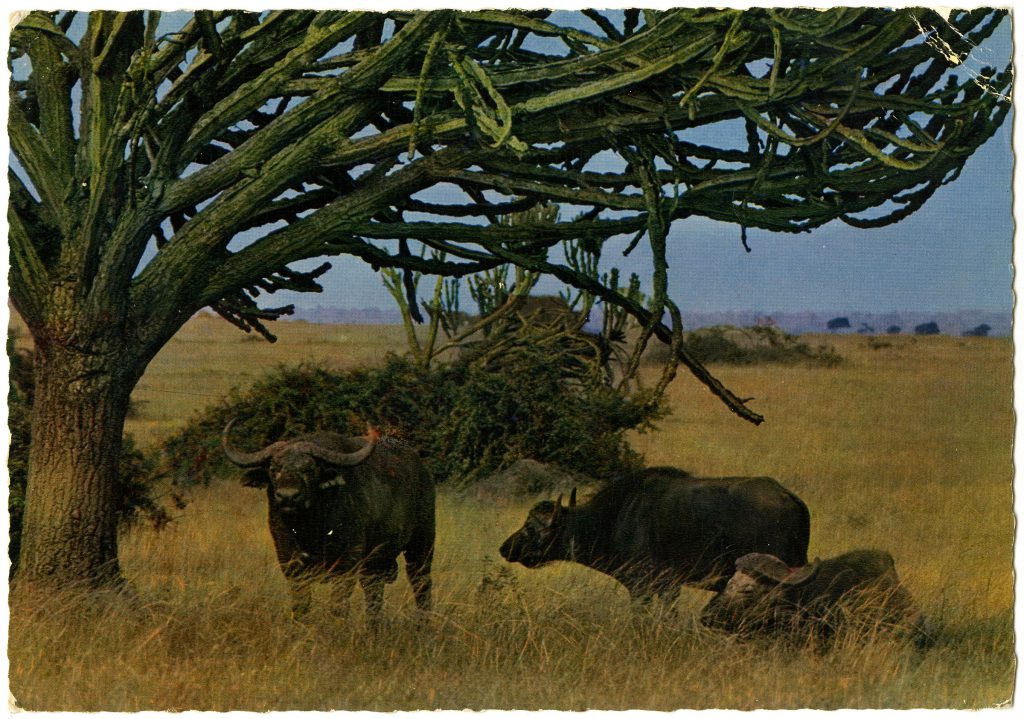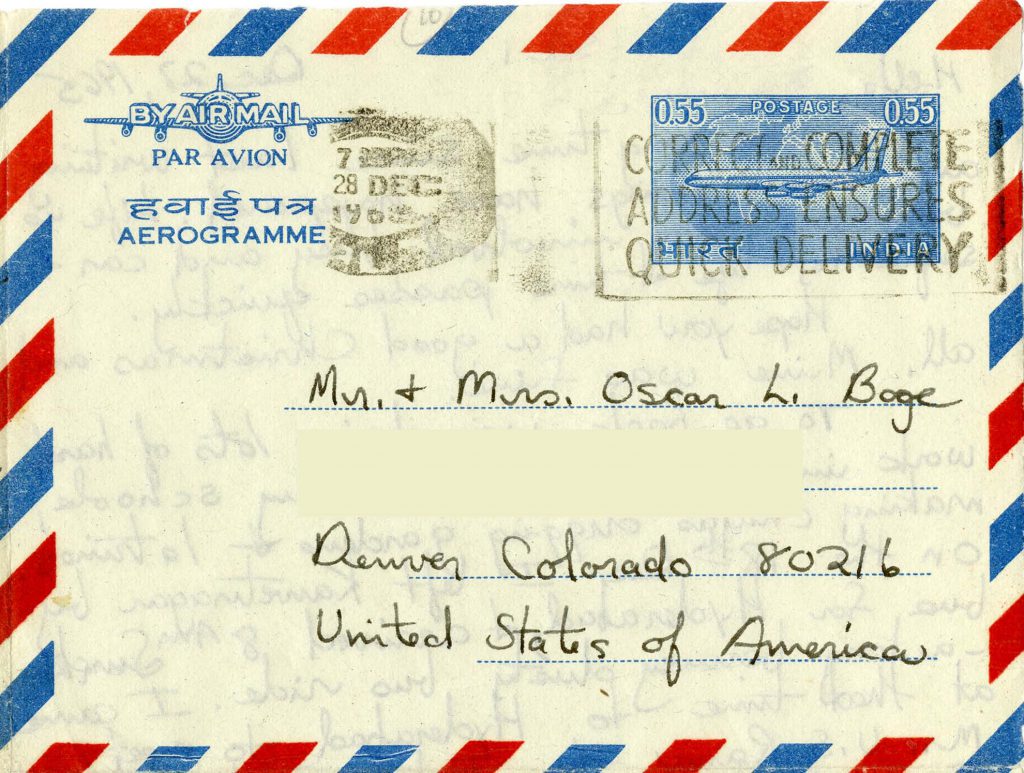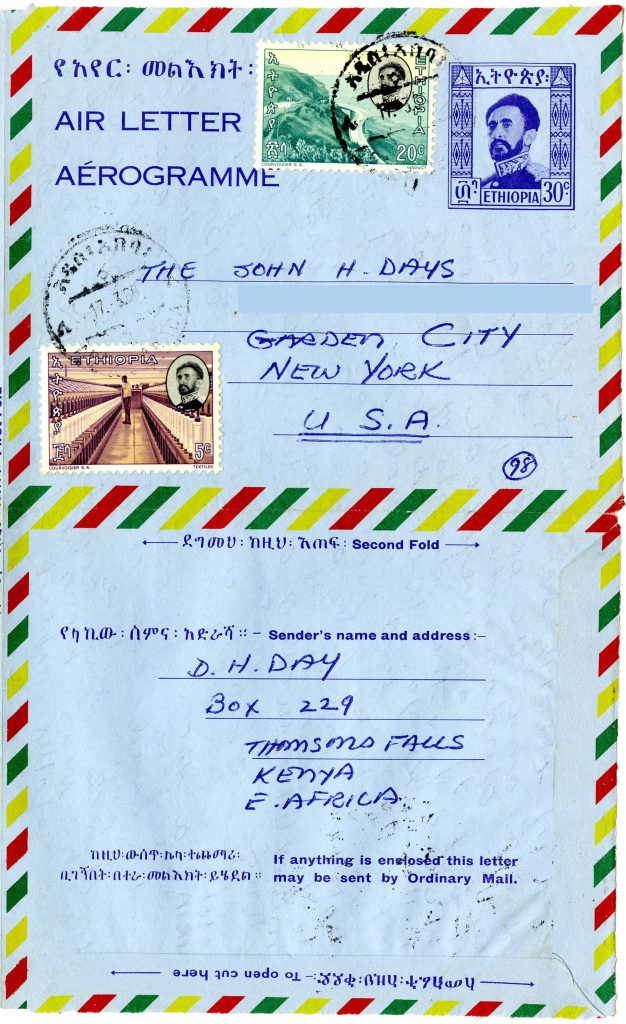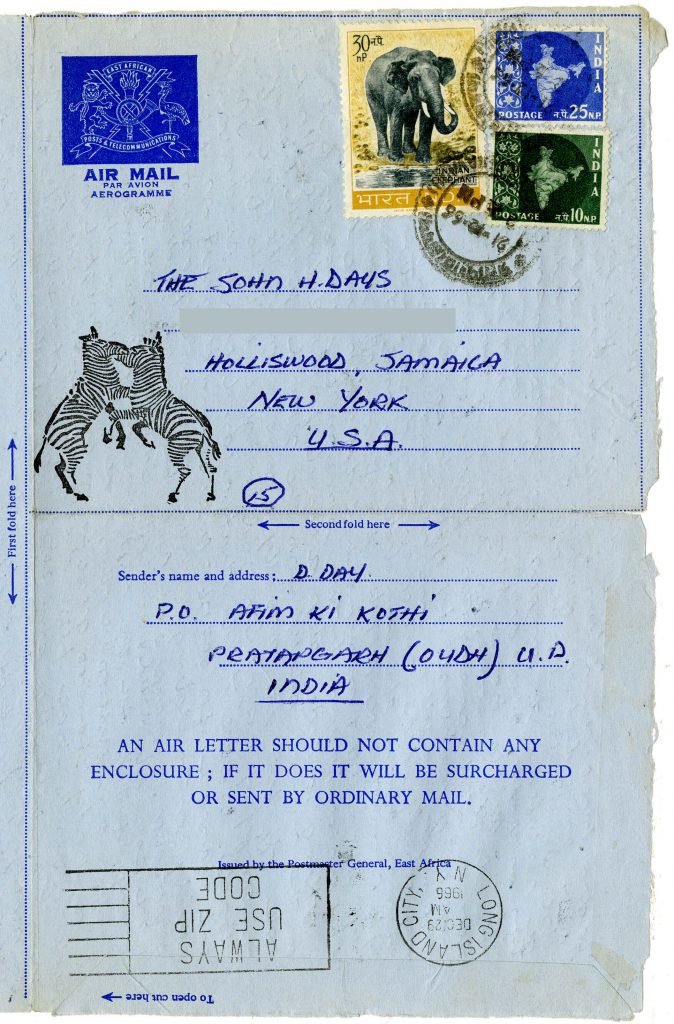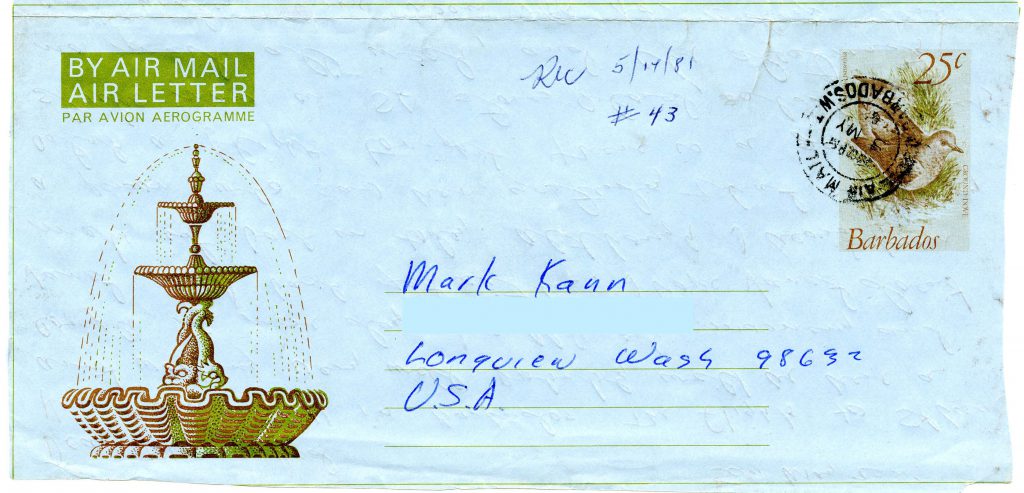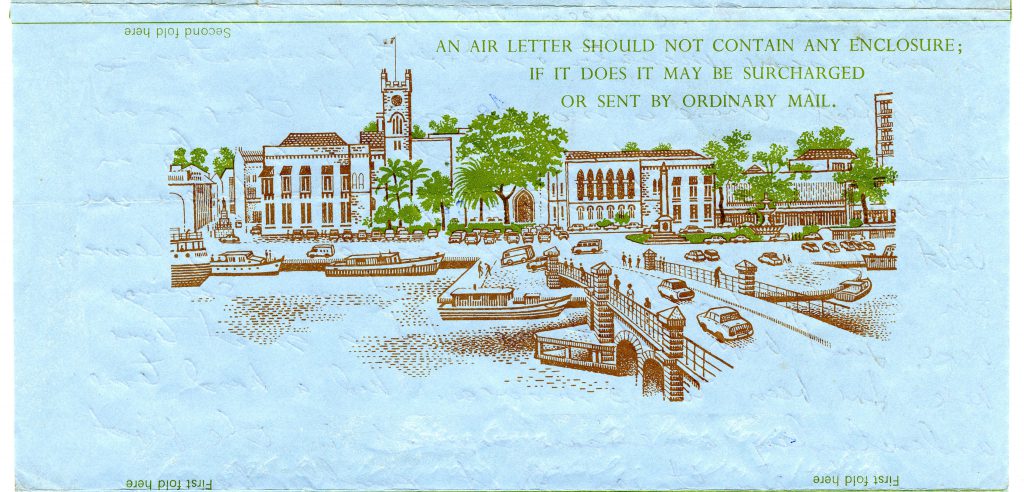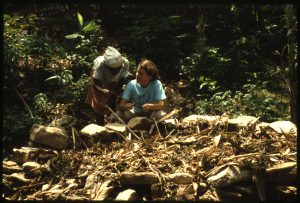Name: Anne Williams
Country of Service: India
Place of Service: Bombay and Calcutta
Dates in Service: 1965-1967
Keywords: Community Development, Health
Accession Date: January 24, 2020
Access: No restrictions
Collection Size: 1.5 linear feet
Document Types
• Correspondence
• Photographs
• Scrapbooks
• Reports
• Publications
• Sound
• Biographical sketches
Additions to Collection:
Accession Date: September 7, 2021
Access: No restrictions
Collection Size: 0.01 linear feet
Document Types
• Correspondence
• Documents
Finding Aid
** in front of an item shows it was created by Anne D. Williams
- account books
- ** ADW personal
- ** food & household, ADW and Betsy Franzen
- Peace Corps Application Materials/Documents including
- ADW Peace Corps Application
- Letters of acceptance to join training
- Physical fitness assessment
- India 39 book of trainee photos, bios
- India 23 training materials/documents including
- Documents pertaining to training dates, preparation, and expectations (18 items)
- book of trainee photos, bios and sketches
- training info, 11 pages
- Columbia U campus map
- immunization worksheet for ADW
- W.H.O. vaccination card for ADW
- daily schedule for trainees supervised by Marvin Sicherman
- ADW report on training placement
- skit by volunteers
- ADW certificate of training at Columbia U.
- Peace Corps Handbook
- ADW weekly letters to family
- ** Jan 1966-Oct 1967 from India
- ** Oct 1967-Nov 1967 from stops on my travel home
- ADW work in Bombay:
- Police Maternity Hospital & Welfare Center, 3 reports
- ADW planned daily schedule at Police Welfare Center
- PC memo to Police Welfare Center with PCV info, re requested furnishings for PCV housing
- Feb 1966 press clipping re ADW PC service
- ** May 1966, ADW report to Peace Corps
- ** July 1967 ADW proposal for record keeping
- ** Sep 1967 ADW survey report to Police Welfare Center
- 1-year seminar materials (Goa, Jan 1967)
- announcements of seminar (2)
- India 23 PCV’s description of placements
- 10 articles prepared by India 23 PCVs: Harriet Bissell, Don Cline, Doris Cort, Georgia Drakes,
- Dick Falstein, Barry & Gretchen Johnson, John Maddaus, Eric Souers, various others
- Final Seminar Report, including transcripts of most discussions
- Items from PC India offices, USIS
- PC India Mar 1967 Handbook Supplement
- PC India Apr 1967 Medical Handbook
- Apr 1967 report on India Volunteer forum & evaluation
- 17 personal communications 1966-67
- American-Hindi cookbook
- Other reports on India 23 activities
- Ghatkoper community development project, by Bob Ungerleider
- Potters Colony project, by Frank Matricardi
- June 1967 trip to Nepal
- ** ADW essay
- US embassy’s map of Calcutta to Nepal route
- Termination of Service Documents
- 16 items pertaining to completion of service and return to the U.S.
- Indian press clippings on India 23 basketball team
- miscellaneous
- ADW passport used 1966-1967
- ADW ID card, Youth Hostels Assn. of India
- ADW permit to consum liquor in Ootacamund
- 5 receipts or stationery from places ADW visited
- 9 banknotes from countries ADW visited 1967
- unused ballot from Bombay election in 1966-67
- ADW income tax exemption certificate, 1967
- health exam report for cook, Mary Rodrigues
- ** ADW recommendation letter for cook, Mary Rodrigues
- Gateway, Aug 1967 issue (India PCV magazine)
- directories
- 1981 RPCVs in Maine
- 1988 Friends of India (Returned PCVs)
- 1989 Friends of India (Returned PCVs)
- Reunions, and information on other India 23 volunteers
- reunion notes: 1980, 1987, 1993, 1999, 2003,
- 1993 Note and drawing by Marby Connet Selwitz
- 2007 DVD compiled by Dick and Willo Falstein of India 23 service and reunions
- obituaries
- India 17-18-19 photos
- ADW essays
- ** 2020 overview of PC experience
- ** 1966 draft article for ADW high school newspaper (SSSAS in Alexandria, VA)
- **Slide Index
- audio recording **audio tape of sounds from India that I sent home in 1967
- photos most taken by ADW
- ** photo album
- ** slides (about 1,300) taken in India and Nepal Jan 1966-Oct 1967
- ** slides (about 400) from 1967 trip home (Pakistan, Afghanistan, Iran, Israel, Greece, Rumania, USSR, Japan)
- slides (about 200) taken by other India 23 PCVs

